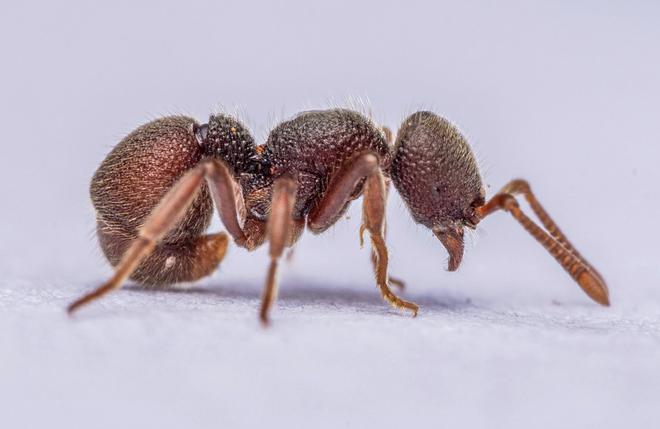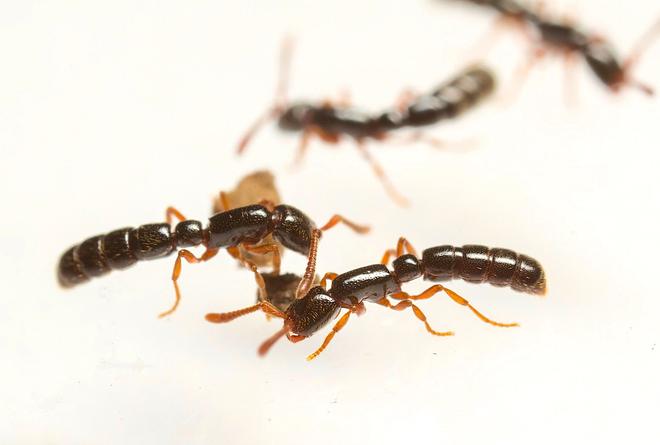A group of entomologists have described three new ant species from the Western Ghats.
The discovered species, which belong to the genera Proceratium Roger, 1863, Zasphinctus Wheeler, 1918, and Vollenhovia Mayr, 1865, are all endemic to the Ghats and are confined to microclimates that prevail in the tropical evergreen forests of Kerala.
Such aspects make them bioindicators of climate change, the researchers Kalesh Sadasivan and Manoj Kripakaran of the Travancore Nature History Society (TNHS) Ant Research Group point out.
The additions to the checklists of ants in the Western Ghats— Proceratium gibbosum (Sadasivan and Kripakaran), Zasphinctus sahyadriensis (Kripakaran and Sadasivan), and Vallenhovia keralensis (Kripakaran and Sadasivan)—were discovered during explorations to the Periyar Tiger Reserve, Ponmudi Hills, and Bonacaud in Peppara Wildlife Sanctuary respectively. The discoveries have been published in the Journal of Threatened Taxa.

According to Dr. Sadasivan, this is the first report of Proceratium and Zasphinctus from peninsular India and the first record of Vollenhovia from the Western Ghats.
The new Proceratium species is a hypogeic resident of wet tropical rainforests at mid-elevation of 900-1200 m. The nearest record of the genus Proceratium in the Indo-Malayan region is from Meghalaya and Bhutan, and in the Afrotropical region from Mauritius, Madagascar and mainland Africa. While the nearest distribution range of Zasphinctus is mainland Africa on the west and Thailand on the east, most species are recorded from the Australasian region with one species recorded from Thailand.

The known representatives of genus Vollenhovia from the Indian region were from the Himalayas, Burma, the Indo-Malayan region in south-eastern Asia and the associated islands in the Bay of Bengal, the researchers said.







